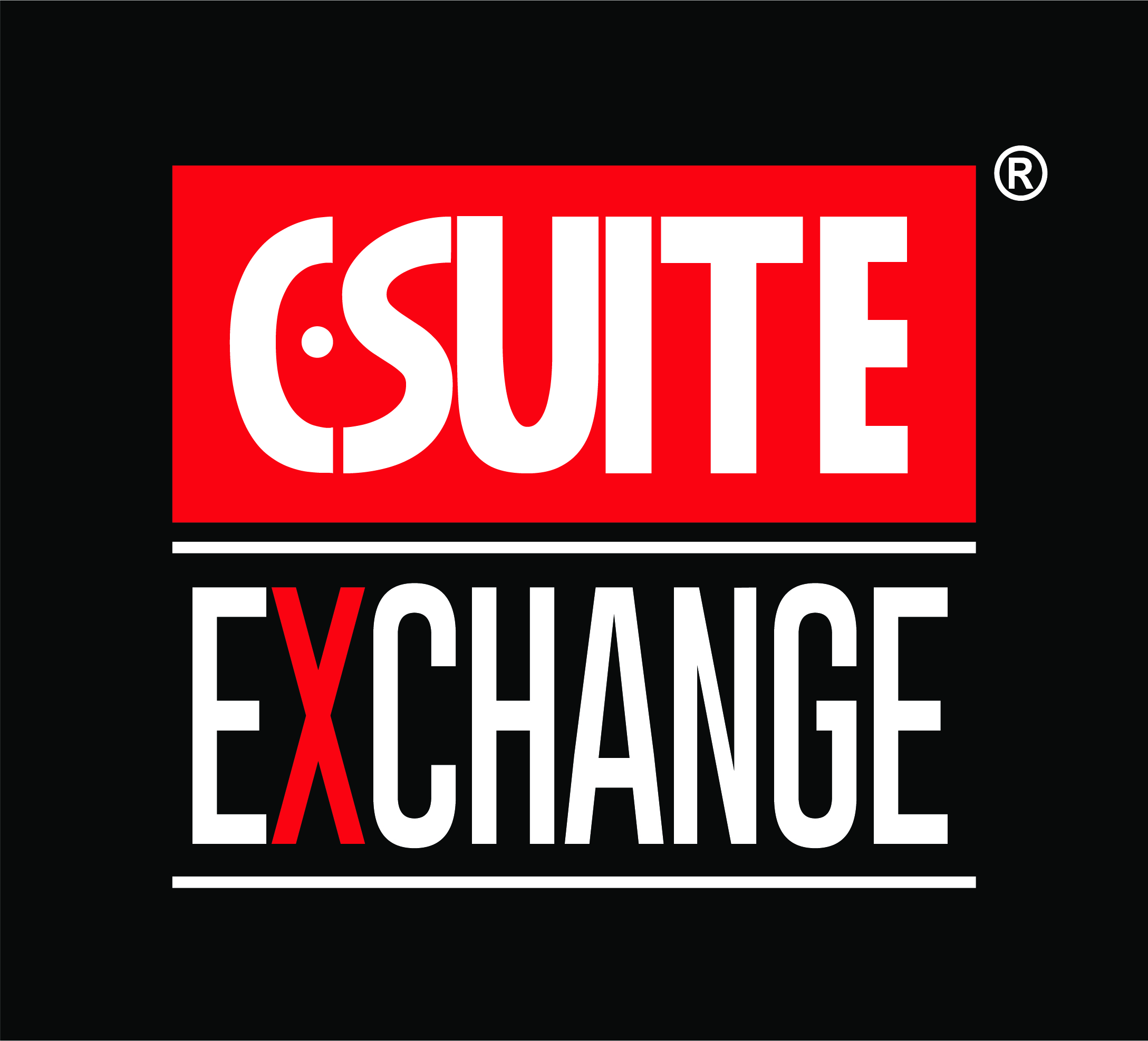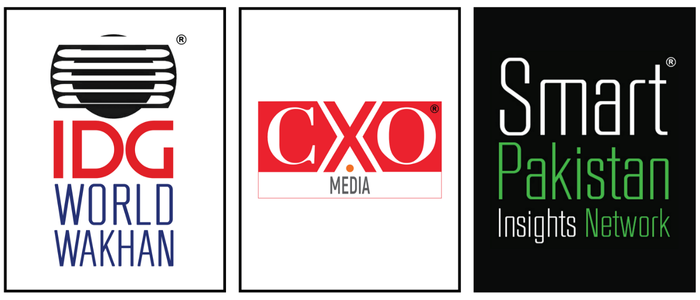As connectivity faster and more affordable, concepts such as ‘Services as a Solution’ or SAAS, becomes more beneficial for an organization. SaaS is essentially a software delivery method that provides access to the actual software and its functions remotely as a Web-based service. It’s like outsourcing some of the hardware requirements and operating headache up to a cloud.
SaaS allows organizations to access business functionality at a cost typically less than paying for licensed applications since SaaS, depending on the ‘version’ you choose, pricing could be based on a monthly fee. Also, because the software is hosted remotely, users don’t need to invest in additional hardware. More importantly, SaaS removes the need for organizations to handle the installation, set-up and often daily upkeep and maintenance. People can actually be freed up from some of the mundane tasks such as these, so that they can do some actual work in an enterprise. Software as a Service may also be referred to as simply hosted applications however SAAS isn’t just for the smaller businesses or individual users. There are more reasons to employ a unified service into an organization even at an enterprise level. And the SAAS Service we’re focusing on in this issue of CIO Pakistan is Google Apps.
When Google launched Google Apps, users around the globe went wild. Here’s how Google Apps works and why it’s such as classic SAAS to deploy into an organization of any size.
The first “version” of Apps was a simple Gmail email box that you could run on your domain. Yourname@yourdomain.com – The domain customization was exciting enough until Apps grew up to integrate more features into every login. Integrated Calendars, GoogleTalk, GoogleDocs and Page Creator, all of which that you can seamlessly access and collaborate on. Upto 6Gb per mailbox with as flexible a control panel as you could possibly imagine! Then they launched Google Apps Premier Edition, a new version designed to take on all the challenges presented by businesses with complex IT needs. According to the Official Google Blog, for $50 per account a year, you get the whole Google Apps package plus many new business-oriented features, including access to our APIs and partner solutions (so it’s easy to integrate with existing systems), conference room scheduling for Calendar, 10GB of inbox storage, extended business hours phone support, and mobile access to your email on BlackBerry devices. So there’s the Standard edition, the Education edition and the Enterprise edition. (courtesy the Official Google Blog)
A growing number of organizations are taking a closer look at how Apps resolves a lot of their mailbox madness. And it’s not just the hardware they’re worried about – organizations want to be able to access their emails in a virtually hassle-free manner. Perhaps the only issue we’ve come across is the fact that some secure networks and infrastructure simply do not allow access to external access to the web, neither will they allow mail protocols to come in from outside their firewall. For the CIO, it is a bit unnerving to have email correspondence sitting on a remote server that they don’t have complete control over but then there has to be a compromise somewhere. Perhaps if reliable and redundant bandwidth for something like this wasn’t a challenge in Pakistan, local hosting could be an option, but that is something that probably won’t happen for a while.
However the organizations that have deployed Apps for their users include a lot of educational institutions including the Virtual University – that’s a match made on a cloud because the Virtual University has to remotely coordinate close to 700,000 students, the largest number of students in any one university in the country. Despite the fact that the inside pages of the VU website don’t seem to have been updated since last year, the program has received great appreciation from everyone, everywhere.
The Lahore University of Management Sciences (LUMS) Alumni also runs Apps for their users and integration onto their site. Other institutions include FAST-NU, University of Central Punjab, Karachi University, Aitchison College, CASE, Kinnaird, University of Gujrat and IBA Sukkar. Of course, it is at the discretion of these institutions how they use Apps, but it makes sense for them to tighten the interaction that teachers and students have amongst one another for all academic activities through Docs, Calendar and Email.
In terms of full fledged deployment at the corporate level, Bank of Khyber, Islamabad Club, ICT RnD Fund, Industrial Information Network, Cogilent Solutions, SWIFT Logistics, TDAP (formerly known as the Export Promotion Bureau), Mantaq Systems and a portfolio of others. Of course it helps when all the companies that are using Apps also have very strong web presence, however because you have the option of buying a $10-per-year domain through Google Apps’ internic partners, so you can also just grab a domain and host your email on it.
And then the Partner Edition of Google Apps, where companies can offer customized mailboxes to their clients, have been deployed by a number of organizations that offer web-based services to their clients, include BrainNet and BrightSpyre.
While there are many benefits to converting a corporate culture towards SAAS, with challenges in security and control (even remote control!) there are a growing number of concerns for sticking to the traditional way that communications were meant to function. But as the evolution of technology occurs, there is no reason why you can’t find remote, secure access to solutions that better suit your needs. It’s already out there and it’s just a matter of time before you find it.





